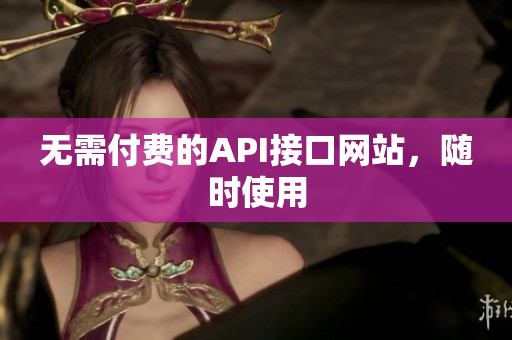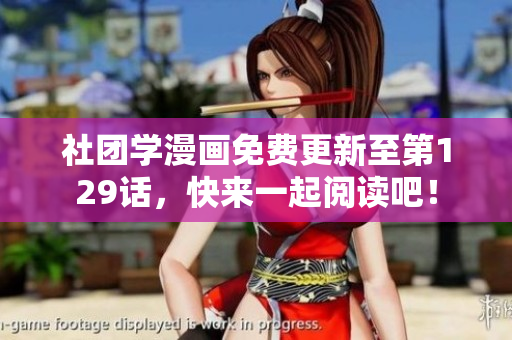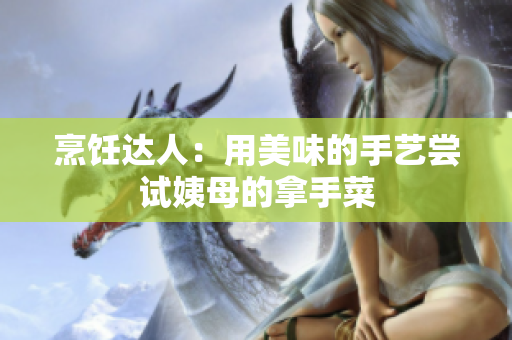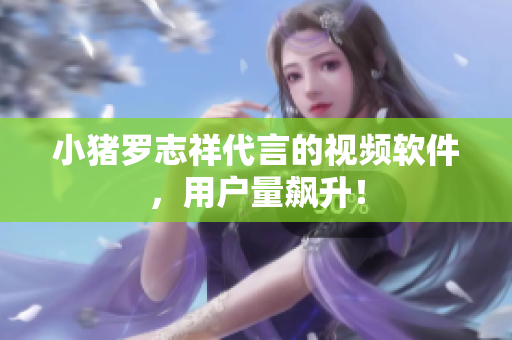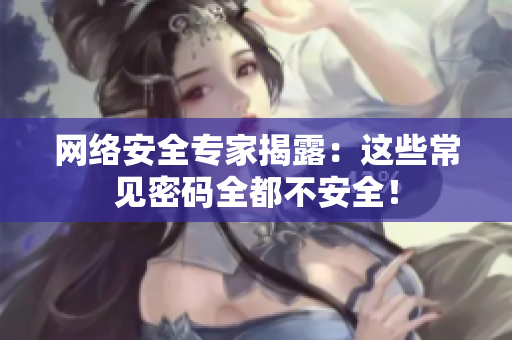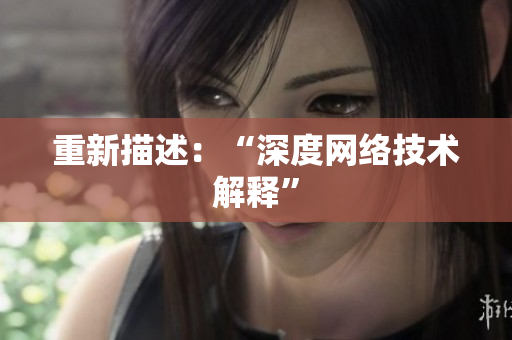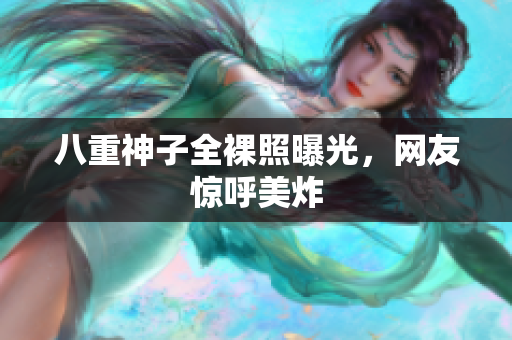Java GenericVisitorAdapter: Understanding Its Purpose and Benefits
Java is a popular programming language used by developers to build various applications. One feature that makes Java powerful is its ability to implement generic programming, which is a programming paradigm that allows programmers to write code that works with a wide range of datatypes. Java GenericVisitorAdapter is a tool that is used to implement generic programming in Java. In this article, we will explore what Java GenericVisitorAdapter is, its benefits and how it can be used.
What is Java GenericVisitorAdapter?
Java GenericVisitorAdapter is a class that is used to implement the Visitor Design Pattern in Java. The Visitor Design Pattern is a behavioral design pattern that allows for code that works with complex object structures. It is used when you want to add new functionality to an existing class hierarchy without changing the classes themselves. With the Visitor Design Pattern, you can define separate operations (visitors) on each element of an object structure.
The Java GenericVisitorAdapter is a reusable implementation of the Visitor Design Pattern. It is designed to work with any class hierarchy, including those that were not initially designed to be used with the Visitor Design Pattern. This is because it uses Java generics to work with any type of object.
Benefits of Using Java GenericVisitorAdapter
Using Java GenericVisitorAdapter has several benefits. First, it allows you to add new functionality to an existing class hierarchy without changing the classes themselves. This makes it easy to maintain and update the codebase without affecting the functionality of other parts of the code.
Secondly, it allows for more modular code. With the Visitor Design Pattern, separate visitors can be defined for each element of the object structure. This means that each visitor can be implemented independently, making it easier to test and maintain.
Thirdly, it makes the code more extensible. Since the Visitor Design Pattern allows for new functionality to be added to an existing class hierarchy, it makes it easy to add new features to an application without affecting existing code.
How to Use Java GenericVisitorAdapter
Using Java GenericVisitorAdapter is straightforward. First, you need to define your class hierarchy. This can be done using inheritance or composition. Next, you define your visitors. Each visitor should have a visit method that takes an instance of the object to be visited.
Finally, you create an instance of the Java GenericVisitorAdapter class and pass in your visitors. The GenericVisitorAdapter will then traverse your class hierarchy and call the appropriate visit method on each visitor.
Hennessy: The Rise of the Female Rapper
Hennessy, a female rapper from New York City, has been making waves in the music industry in recent years. Born and raised in the Bronx, Hennessy (real name: Claudia Feliciano) was exposed to hip-hop at an early age and began rapping at age 16.
Hennessy's music is known for its raw, unapologetic lyrics and catchy beats. She draws inspiration from her life experiences, including growing up in poverty and dealing with family issues. Hennessy is also known for her collaborations with other artists, including Cardi B (her sister) and Megan Thee Stallion.
Despite facing some criticism for her explicit lyrics and unique flow, Hennessy has continued to gain popularity and has become a role model for many young women. Her success has proven that female rappers can be just as successful and respected as their male counterparts.
The Evolution of iPhone: From a Luxury Item to a Necessity
The iPhone, released in 2007 by Apple Inc., revolutionized the mobile phone industry and changed the way we communicate and access information. Initially considered a luxury item, the iPhone has become a necessity for many people today.
Over the years, the iPhone has undergone several changes and upgrades. The first iPhone had a 3.5-inch display and was only available in one color. Today, the iPhone comes in various models, including the iPhone 12, which has a 6.1-inch display and is available in five colors.
One significant change that has occurred is the iPhone's camera. The first iPhone had a 2-megapixel camera, while the latest models have triple-lens cameras with up to 12-megapixels. This has made it easier for people to take high-quality photos and videos on the go.
The iPhone also introduced the App Store, which has revolutionized the way we use our phones. Today, there are over 2 million apps available on the App Store, making our phones more than just a communication device. We use them for social media, games, productivity, and more.
In conclusion, the iPhone has come a long way since its initial release in 2007. Its popularity and evolution have made it an essential tool for many people. With each new model, we see new features and advancements that continue to push the boundaries of what is possible with a mobile phone.



